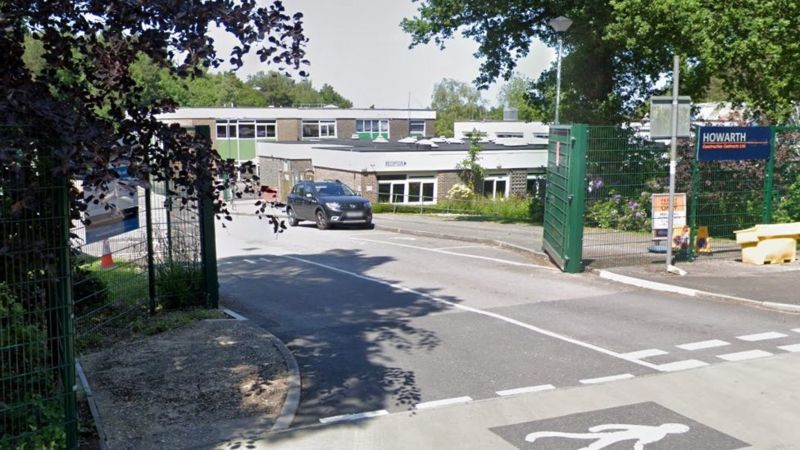


The now notorious “Viability Test” allows developers to reject local communities’ request for facilities if they can show it would eat into profits. Furthermore, the government also gives developers a get-out clause to avoid providing much-needed local amenity. The positive examples of councils like Hackney and Greater Manchester authority lie in stark contrast to what national government is doing to secure green space.ĭespite government-issued standards on how far anyone should live from green space, the government’s planning rules put pressure on councils to approve developments even if they harm nature, parks and green spaces. Government "guidance" on green space: a contradiction What’s more, community action has led to parking spaces being converted into mini gardens or "parklets". Even heavily built-up areas such as Hackney in London have pledged to double their tree cover to help cool the city, clean the air, capture and divert rainwater and absorb and lock-in carbon.
#LONDON LOCKDOWN PARKS FREE#
For the free natural air conditioning service provided by green space to benefit the entire borough, an extra 360 hectares of green space is needed, the study says. A study of existing green space in the London Borough of Camden shows how it helps cool the area by reducing the threats of excessive summer temperatures.Greater Manchester plans for every person to have access to local green space as well as more trees and healthy and locally grown food.Nature-friendly initiatives are already being explored by some councils and communities that are looking at how streets, routes to parks, and parks themselves can be better for people and nature alike: What’s more, an increased quantity and better quality of green space won’t just benefit us – it'll help reverse nature’s decline so that wild species thrive, not just survive. If nature is to be made accessible to everyone, then local and national government must address (and invest in) ways of encouraging and creating better quality green space amidst our urban landscapes. When asked how accessible they found local green space, 33% of white respondents strongly agreed that it was accessible compared to just 19% of people from BAME backgrounds. It found that 70% of children from white backgrounds spend time outside once a week compared to 56% of children from BAME backgrounds. Children from the most deprived areas are 20% less likely to spend time outside than those in affluent areas. Government research also indicates clear inequalities in opportunity for engagement. The Guardian reports that park closures (due to overcrowding) disproportionately impact BAME (Black, Asian and Minority Ethnic) and poorer communities, as statistically these communities share less space and have less access to private gardens and public parks. Those benefits and savings could be even higher if everyone could share these immense free “natural health service” benefits.ĭespite the clear benefits, the COVID-19 pandemic has shown that access to green space is a social justice issue. Good quality green space is also a money-spinner: the frequent use of parks and green spaces is worth over £30 billion a year to the UK population, and it’s estimated the NHS saves at least £100 million a year in fewer GP visits and prescriptions. Research provides good evidence of reductions in levels of heart disease, obesity and depression where people live close to green spaces."īetter planting of trees, plants and grasslands also keeps us cool in summer, helps reduce flood risk and absorbs carbon. According to government: "access to natural green spaces for fresh air, exercise and quiet contemplation has benefits for both physical and mental health. Credit: Matthew Feeney/ Unsplash we need access to natureĪccess to nature and better quality open space is good for us.


 0 kommentar(er)
0 kommentar(er)
